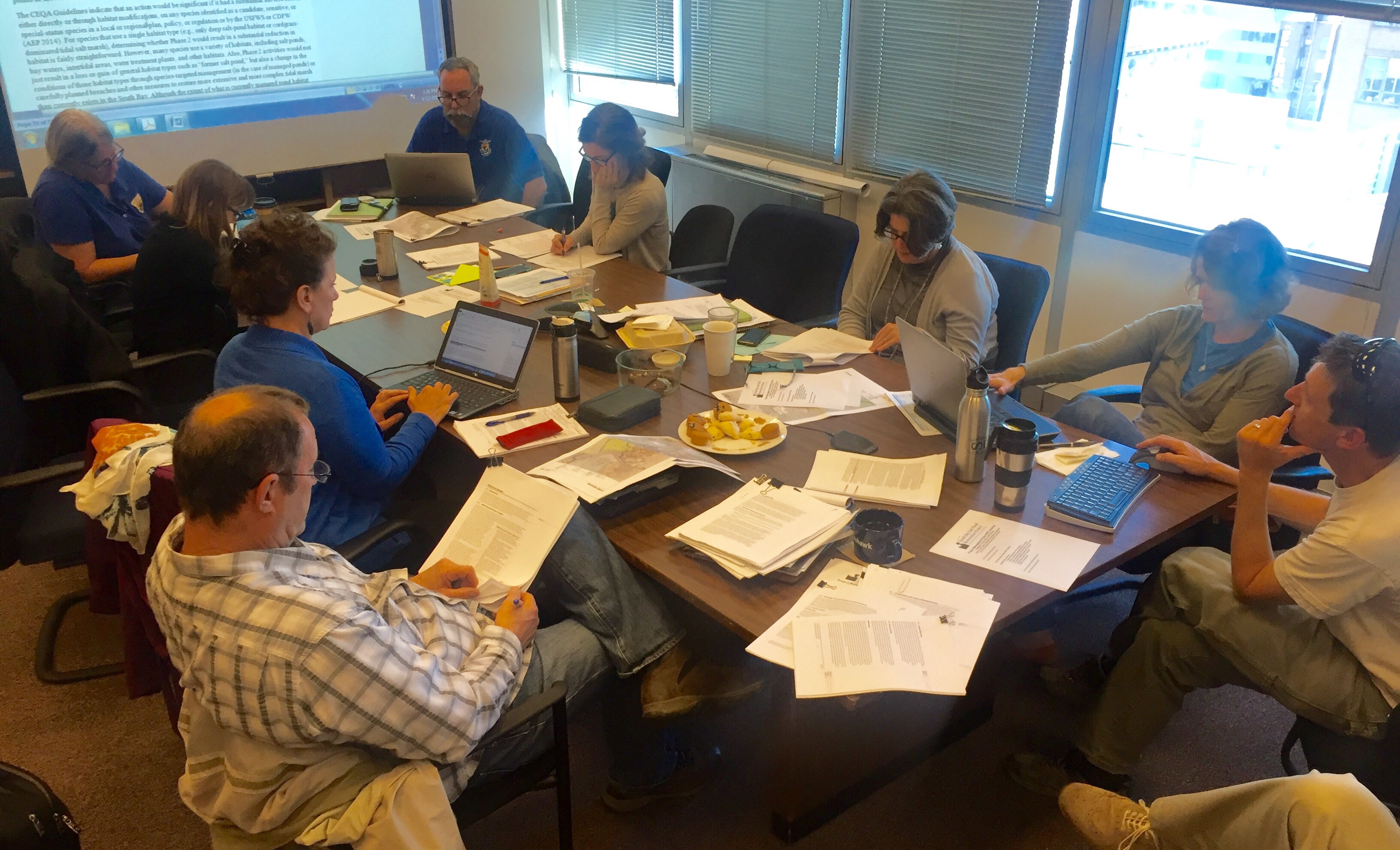Another Common Question: Why does restoration take SO LONG?
I noticed the other day that the planning for Phase 2 of the South Bay Salt Pond Restoration Project began in 2012. Putting that in context:
Barack Obama was in his first term as President, the San Francisco Giants had only won one World Series, Kim Kardashian was married to Kris Humphries, and the hottest social media platform was Snapchat.
So…yeah, it’s been a while.
Yet we’re only under construction at two of our Phase 2 project locations with another set to ramp up in 2021 and a fourth in 2022. Which brings us to another in the series of Common Questions: Why does restoration take so long?
The biggest explanation is simply that there are many steps, each of which takes a fair bit of time on their own, and they mostly have to be done in sequence rather than in parallel. Here were our major steps to launch Phase 2 at the Don Edwards National Wildlife Refuge, and how long each step took. We are working through the same steps over similar time scales at the Eden Landing Ecological Reserve, but the process started 1-2 years later.
- 2012-2013: Develop and screen alternatives
- 2013-2014: Create initial designs and conduct activities like hydrodynamic modeling and field surveys
- 2013-2015: Draft, publish, and circulate the environmental analysis for public comment
- 2015-2016: Finalize the environmental analysis document, including selecting a Preferred Alternative and responding to comments. There were also publication delays associated with the federal government shutdown.
- 2016-2018: Conduct additional geotechnical engineering and other designs sufficient to inform permit applications.
- 2016-2018: Apply for environmental permits. The last application was submitted in early 2017. The last permit was issued in October 2018.
- 2019-present/ongoing: Work continues with additional designs, construction specifications, easements, securing local agency permits, holding construction contract bidding, and so on.
When you first hear about seven or eight years from first step to first pile of dirt imported and placed, it seems crazy.
But when you look at each of those steps and what goes into them, it is more reasonable. We didn’t fritter, dilly-dally, dither, or lollygag in doing this work. The team worked very hard and diligently through these steps. Ecosystems are complex, and it’s important to ensure we – as well as our neighboring communities, regulatory agencies, environmental interest groups, other key stakeholders, and the public – have the necessary information to help craft the best on-the-ground actions.¹ Plus, since the outset of the Restoration Project, our team has stood by prior commitments to inclusiveness – incorporating multiple rounds of review and using a consensus approach.
This process takes time and resources, but it is worth it to have more scientific certainty and a broader base of support and input!
¹That’s not to say there weren’t some inefficiencies. There were two government shutdowns, plenty of staff changes, a global pandemic, easement to obtain, and contracting challenges to work through.


